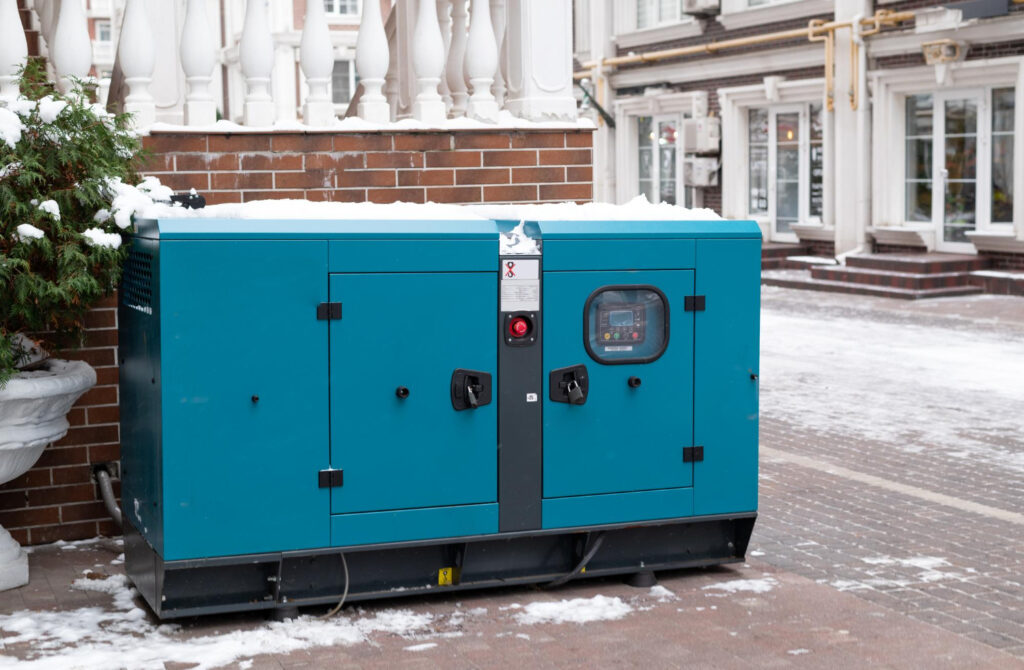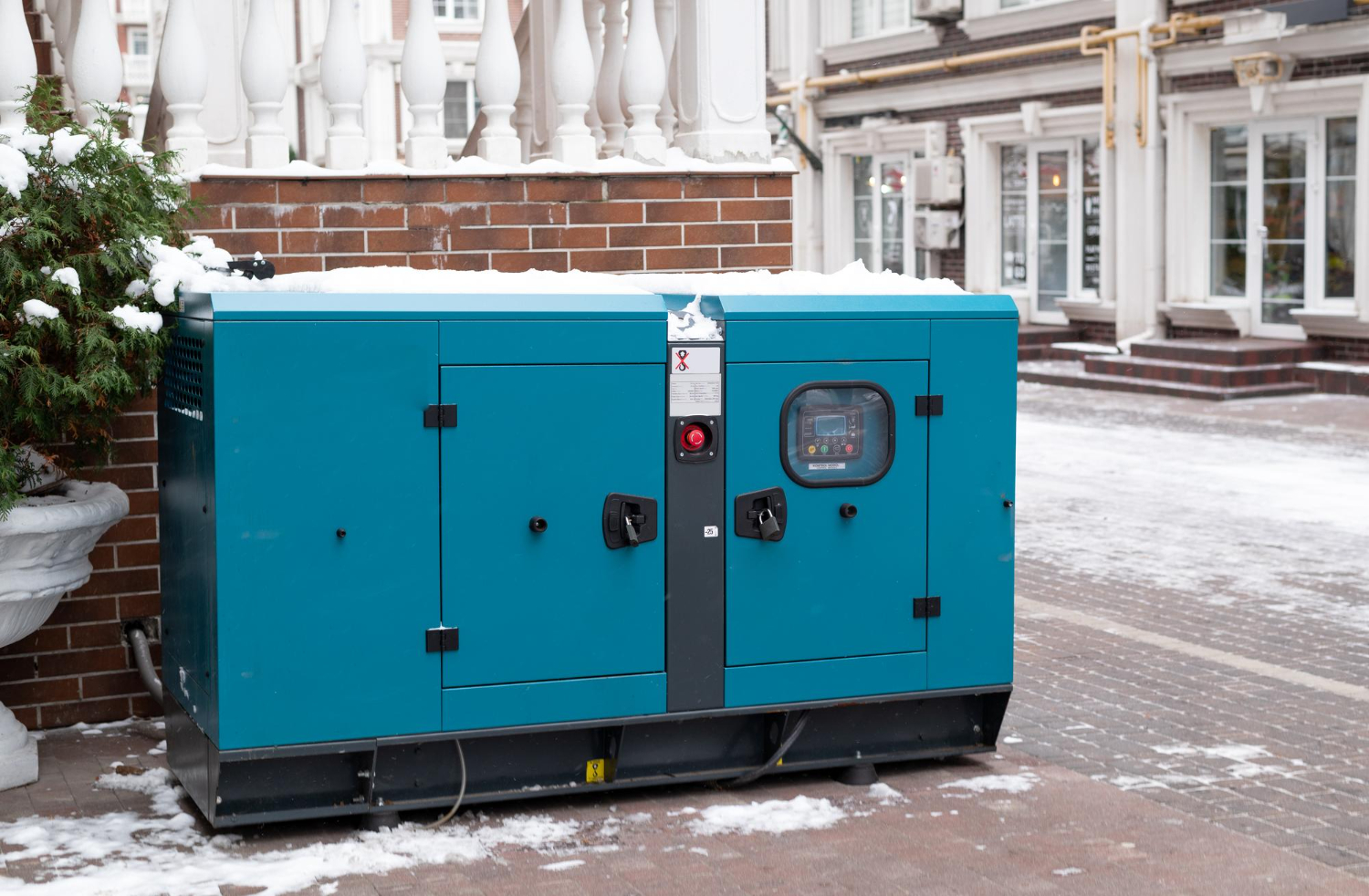In today’s world, maintaining a continuous power supply in your home is essential. Power outages can disrupt daily activities and compromise the safety and security of your household. This is where generator installation comes in, offering a robust solution to keep your home powered even during unexpected outages.
Understanding the Basics of Generator Installation
Types of Home Generators
There are several types of home generators to consider when planning a generator installation. Each type serves different needs and varies in capacity, fuel source, and installation requirements.
- Portable Generators: These are small, movable units that can be used for temporary power. They are typically powered by gasoline and can be connected to essential appliances via extension cords. They are a good option for short-term emergencies but require manual setup each time they are used.
- Standby Generators: These are permanent installations that automatically provide power to your home during an outage. Standby generators are typically powered by natural gas or propane and connect directly to your home’s electrical system. They start with an automatic transfer switch, ensuring a seamless transition during power losses.
- Inverter Generators: These are a more advanced type of portable generator. Inverter generators produce cleaner and more stable power, making them ideal for sensitive electronics. They are quieter but usually have a lower power output compared to standby generators.
How Generators Work
Understanding how generators work can help you appreciate their importance during power outages. Generators convert mechanical energy into electrical energy to power your home.
- Mechanical Engine: At the core, a generator has an engine that runs on fuel, such as gasoline, natural gas, or propane. The engine drives a rotor or alternator to produce electricity.
- Alternator: The alternator is the component that generates electricity. As the engine runs, it turns the rotor, creating a magnetic field that induces electrical current in the stator windings.
- Voltage Regulator: A voltage regulator controls the output voltage to keep it within acceptable limits. This component ensures that your home appliances receive stable and reliable power.
- Automatic Transfer Switch (for standby generators): This switch senses power outages and automatically transfers power from the generator to your home’s electrical system. Once the utility power is restored, it switches back, and the generator shuts off.
Enhancing Home Safety and Security
Reliable Power During Outages
One of the primary benefits of generator installation is the reliable power it provides during outages. Power interruptions can happen due to severe weather, accidents, or grid failures. Having a generator ensures that your home remains powered, decreasing the chance of any disruptions to your daily life. This reliability is especially crucial for homes with occupants who depend on medical devices requiring continuous electricity.
Keeping Essential Appliances Running
Another benefit of generator installation is the protection it offers from power surges. When the power returns after an outage, a sudden surge can damage electronic devices and appliances. Generators help to prevent this by providing a steady flow of electricity. Our professionals ensure that the installation includes the necessary safety features to protect your home’s electrical system from any harmful surges.
Steps Our Professionals Take for Generator Installation
Site Assessment and Planning
Our professionals begin the generator installation process with a detailed site assessment and planning. This initial step involves evaluating your home’s electrical system and determining the best location for the generator. They assess factors such as proximity to the fuel source, ventilation needs, and ease of access for maintenance. This careful planning ensures that the generator system is customized to your specific home requirements and ready to handle your power needs efficiently.
Obtaining Permits and Inspections
After the site assessment, our professionals handle all necessary permits and inspections required for the installation. Local regulations often mandate permits to ensure the installation meets safety and building codes. Our team takes care of the paperwork and coordinates with local authorities to schedule inspections. This step is vital for guaranteeing that your generator is installed safely and in compliance with all relevant standards, protecting your investment and providing peace of mind.
Installation and Testing
The final steps are the physical installation and testing of the generator. Our technicians install the generator, connect it to your home’s electrical system, and integrate it with any additional systems like an automatic transfer switch. Once installed, they conduct thorough testing to ensure that the generator operates correctly and safely. The testing includes running the generator under load conditions to verify it will provide consistent power during an outage. After successful testing, your generator is ready to provide reliable backup power whenever needed.
Integrating with Advanced Home Energy Solutions
Combining with Solar Panels and Solar Repair
Integrating your generator with existing solar panels can offer a comprehensive energy solution for your home. Our professionals can sync the generator with your solar array to ensure seamless power supply during outages. If your solar system requires maintenance, we also offer solar repair services to optimize its efficiency.
Tesla Home Charger and Generator Synergy
For Tesla owners, combining a home generator with a Tesla home charger installation creates an efficient synergy. Our professionals can set up a system where the generator supports the Tesla charger during power outages, ensuring your electric vehicle remains charged and ready.
Using EcoFlow Whole Home Battery Backup with Generators
Another advanced integration involves combining your generator with an EcoFlow whole home battery backup. Our professionals can install this system to provide layered energy reliability. The EcoFlow battery stores excess power generated by your solar panels or the grid and supplies it during outages. When battery power is low, the generator kicks in to ensure continuous power. This setup maximizes energy use and provides robust backup options, making your home more self-sufficient and secure.
Conclusion
Investing in a generator installation offers multiple benefits, ensuring your home remains powered during outages and enhancing your overall energy security. Understanding the different types of generators and how they work can help you choose the best option for your needs.
Ready to enhance your home’s power reliability with a generator installation in Green Valley? Contact Ampere Electric today to schedule your consultation and start experiencing the benefits of uninterrupted power!








